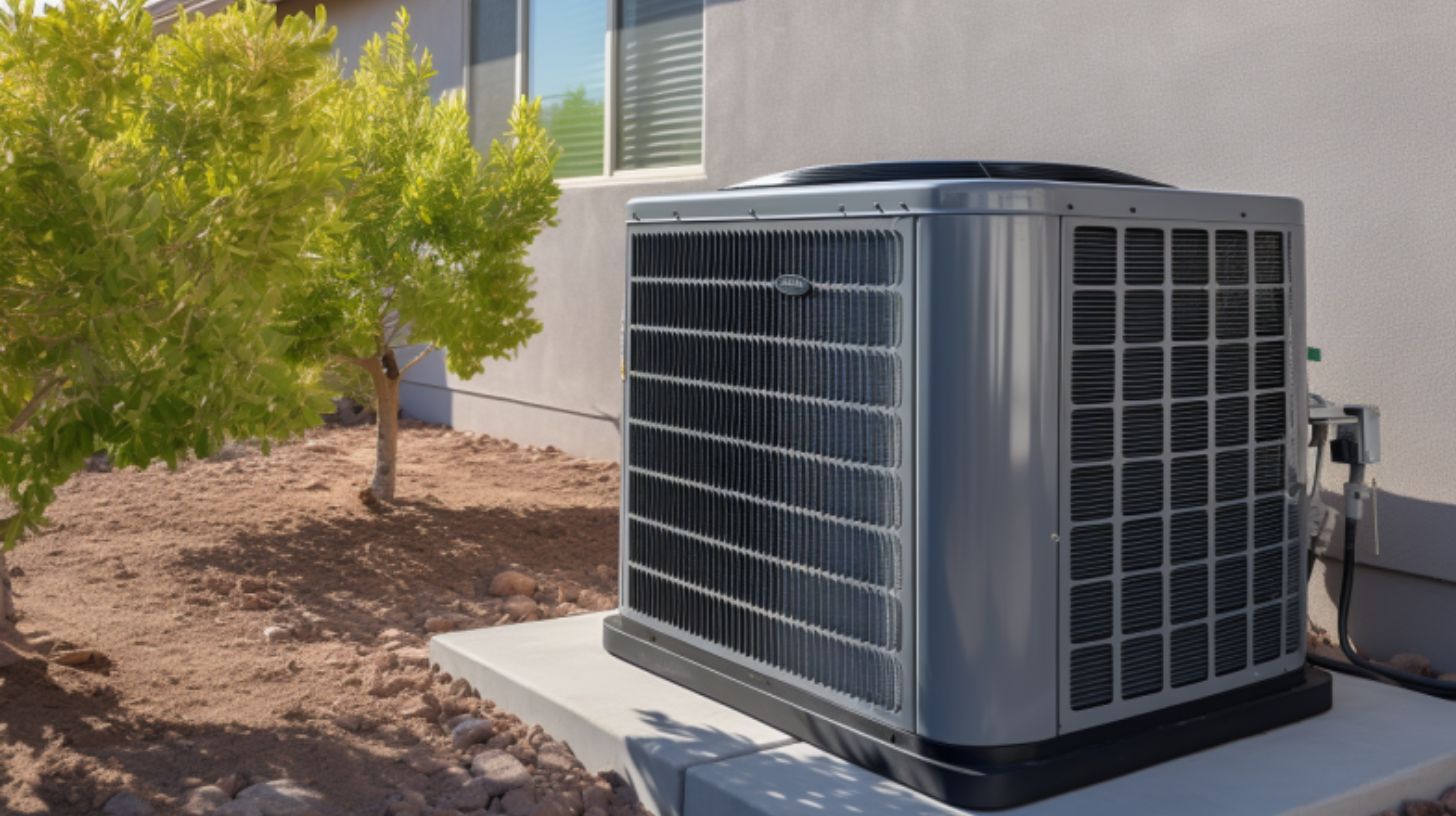
Optimizing Energy Efficiency for Fall in Phoenix
As the temperatures begin to lower in Phoenix, having an HVAC system that is energy efficient is still as important as ever. While your cooling system has a break from scorching temperatures in the desert, now is the perfect time to rethink our energy usage, make smart adjustments for the cooler months ahead, and ensure your system is working at peak efficiency.
In this blog, we’ll dive into a range of strategies tailored specifically for Phoenix residents and local HVAC experts you can count on for routine maintenance. From understanding the city’s fall weather patterns to implementing helpful efficiency tricks, we’ve got you covered. Whether you’re looking to seal up your home to prevent heat loss or debating upgrading your system, this guide will help provide you with actionable tips and insightful advice to make your home more energy-efficient this fall.
Understanding Phoenix’s Unique Fall Climate
Understanding Phoenix’s fall climate is crucial for optimizing energy efficiency in the region. Unlike many other areas where fall signals a significant drop in temperatures, Phoenix experiences a more gradual transition from its intense summer heat. During the early fall months, daytime temperatures can still be quite warm, often reaching into the high 80s or 90s Fahrenheit, but the nights begin to cool down considerably.
This temperature variation is a key characteristic of the desert climate, where the lack of humidity leads to significant temperature drops after sunset. However, turning your cooling system on during the day and turning your heating system on at night, day after day, can cause strain on your HVAC system. Understanding these patterns helps in planning for energy usage that adapts to these unique temperature fluctuations and dry conditions.
For Phoenix residents, this means adapting energy efficiency strategies to cater to warm days and cooler nights. During the day, energy efforts might focus more on keeping the house cool without over-reliance on air conditioning, which can be achieved through proper insulation, use of shades or blinds, and perhaps even the strategic planting of trees for shade.
As the evening approaches and temperatures drop, the challenge shifts to maintaining a comfortable indoor temperature without excessive heating. This unique pattern requires a dynamic approach to energy management, emphasizing the importance of adaptable home systems like programmable thermostats. By understanding and anticipating these climatic nuances, residents can optimize their energy use, ensuring comfort while minimizing costs and environmental impact during the fall season.
The Importance Of Insulation, Sealing, And Weatherproofing
In Phoenix, where temperatures can swing dramatically between day and night, especially in the fall, the importance of insulation, sealing, and weatherproofing cannot be overstated in achieving energy efficiency. Good insulation plays a critical role in maintaining a consistent indoor temperature, acting as a barrier to heat loss in the cooler evenings and heat gain during the warmer daytime. This is vital in a desert climate where even fall temperatures can be warmer. Insulating attics, walls, and even floors ensures that the energy used to cool or heat your home is not wasted.
Similarly, sealing gaps around doors, windows, and ductwork prevents air leaks, which can be a major source of energy loss. These leaks force heating and cooling systems to work harder, which leads to increased energy consumption and utility bills. Sealing these leaks is a cost-effective way to enhance energy efficiency and improve overall comfort in your home.
Weatherproofing is another key aspect of preparing a Phoenix home for energy-efficient fall living. This includes tasks such as installing weather stripping, using caulk to seal cracks and openings, and ensuring that roofing and siding are in good condition to withstand the unique environmental conditions. Weatherproofing not only helps in maintaining a stable indoor climate but also protects the home from potential damages caused by the occasional rain and wind that can occur in the fall.
Together, insulation, sealing, and weatherproofing create a comprehensive approach to energy efficiency. They not only contribute to a significant reduction in energy costs but also play a crucial role in reducing environmental impact. By taking these steps, homeowners in Phoenix can enjoy a more comfortable living space, optimized for the unique challenges of the region’s fall climate.
Key Tips to Optimize HVAC Efficiency This Season
As Phoenix transitions into fall, it’s important to focus on optimizing the efficiency of your HVAC system. With temperatures varying, your HVAC system plays a crucial role in maintaining a comfortable home environment while keeping energy costs in check. Here are some key tips to ensure your HVAC system operates at peak efficiency:
- Regular Maintenance: Ensure your HVAC system is serviced by a professional at least once a year. Fall is a great time for this, as it prepares your system for the cooler months ahead. Regular maintenance includes checking for leaks, examining and replacing filters, and ensuring all components are in good working order.
- Replace Air Filters Regularly: Dirty air filters restrict airflow and reduce overall system efficiency. Replace them at least every 3 months, or more frequently if you have pets or live in a particularly dusty area.
- Use a Programmable Thermostat: A programmable thermostat allows you to set temperature schedules, reducing the burden on your HVAC system when you’re not home or during cooler nights. This can lead to significant energy savings.
- Seal Ductwork: Leaky ducts can lead to a significant loss of heated or cooled air. Have your ductwork inspected and properly sealed and insulated to improve efficiency.
- Adjust Vents Appropriately: Make sure your vents are open and not blocked by furniture or curtains. Adjusting them to direct air where it’s most needed can improve room comfort and efficiency.
- Utilize Ceiling Fans: Ceiling fans can be used in conjunction with your HVAC system when temperatures are mild to better circulate air.
- Consider Upgrading to a High-Efficiency System: If your HVAC system is older, it may be worth investing in a newer, more energy-efficient model. This can lead to long-term savings on your energy bills.
- Insulate and Weatherproof Your Home: Proper insulation and weatherproofing can reduce the strain on your HVAC system by keeping warm air in during cooler temperatures and vice versa.
- Be Mindful of Thermostat Settings: Keeping the thermostat at a consistent, comfortable temperature, rather than constantly adjusting it, can help reduce energy usage.
By following these tips, you can significantly enhance the efficiency of your HVAC system this fall, leading to a comfortable home environment and reduced energy costs.
Common HVAC Mistakes to Avoid in the Fall
As residents of Phoenix prepare their homes for the fall season, it’s important to be aware of common HVAC mistakes that can lead to inefficiency and increased energy costs. One major mistake is neglecting regular maintenance of the HVAC system.
With the gradual shift in temperature during the Phoenix fall, HVAC systems switch from primarily cooling to occasional heating. This transition period is critical for performing maintenance checks, as issues like clogged filters, worn components, or system inefficiencies can become more pronounced. Skipping these checks can lead to a decline in system performance and even costly repairs down the line.
Additionally, many homeowners make the error of overlooking the sealing and insulation of their ductwork. Leaky or poorly insulated ducts can result in significant energy loss, with heated or cooled air escaping before it even reaches the living spaces, forcing the system to work harder and driving up energy bills.
Another common mistake in Phoenix is over-reliance on the HVAC system for temperature regulation, without considering other energy-efficient practices. For instance, ignoring the role of proper home insulation and weatherproofing can place unnecessary strain on the HVAC system. Insufficient insulation in walls and attics, as well as gaps around windows and doors, can lead to heat loss during cooler nights and heat gain during warmer days, causing the HVAC system to overcompensate.
Moreover, setting the thermostat at an unnecessarily low temperature in anticipation of cooler weather can also lead to excessive energy consumption. The key is to find a comfortable and consistent temperature setting that avoids the extremes. By avoiding these common mistakes, Phoenix homeowners can ensure their HVAC systems operate efficiently, keeping their homes comfortable throughout the fall while also managing energy consumption effectively.
Benefits Of An Energy-Efficient HVAC System in Phoenix
In Phoenix, where temperatures can soar even in the fall, having an energy-efficient HVAC system is not just a luxury but a necessity. Here are 7 benefits of such a system extend beyond just cost savings, impacting both the environment and the overall comfort of your home.
1. Reduced Energy Bills: The most immediate and tangible benefit of an energy-efficient HVAC system is the reduction in energy bills. These systems are designed to use less energy while maintaining optimal temperature and humidity levels in your home. This efficiency translates into lower utility costs, which can be significant in a climate like Phoenix’s, where HVAC systems are used extensively throughout the year.
2. Increased Comfort: Energy-efficient HVAC systems provide a more consistent and comfortable indoor environment. They are better at regulating temperature and managing humidity levels, ensuring that every room in your home maintains a steady, comfortable climate. This is particularly important in Phoenix, where the dry, desert air can make temperature regulation challenging.
3. Environmental Impact: By consuming less energy, these systems reduce your carbon footprint. Energy-efficient HVAC systems often use eco-friendly refrigerants and have lower greenhouse gas emissions. This is crucial in today’s world, where environmental consciousness is not just a trend but a responsibility.
4. Longer Lifespan: Typically, energy-efficient HVAC systems are designed with the latest technology and higher quality materials, contributing to a longer lifespan than traditional systems. This means fewer replacements and repairs over time, which is both cost-effective and convenient for homeowners.
5. Increased Property Value: Homes equipped with energy-efficient systems are often more appealing to buyers. This means that investing in such a system can increase the value of your property, a significant consideration in the dynamic Phoenix real estate market.
6. Rebates and Incentives: Many utility companies and government programs offer rebates and incentives for installing energy-efficient HVAC systems. These incentives can help offset the initial cost of installation, making it a financially viable option for many homeowners.
7. Healthier Indoor Air Quality: Modern, energy-efficient HVAC systems often come with advanced filtration features that improve indoor air quality. This is particularly beneficial in a dusty, desert environment like Phoenix, as it can help reduce allergens and other air pollutants inside your home.
In summary, the benefits of an energy-efficient HVAC system in Phoenix are multifaceted, providing not just economic advantages but also enhancing comfort, environmental sustainability, and overall quality of life. As energy costs continue to rise and environmental concerns become more pressing, the shift towards energy-efficient systems represents a smart, forward-thinking choice for Phoenix residents.
Professional HVAC Services Locally In Phoenix
In conclusion, optimizing energy efficiency in your Phoenix home this fall is not only a wise financial decision but also a step towards a more comfortable home. By understanding the unique fall climate of Phoenix and implementing strategies like proper insulation, sealing, weatherproofing, and efficient HVAC usage, you can significantly reduce energy consumption while enhancing the comfort of your home. Avoiding common HVAC mistakes and embracing the benefits of an energy-efficient system are key to navigating the seasonal transition effectively.
Remember, the journey to energy efficiency is ongoing and involves regular maintenance, informed choices, and upgrades to the latest technologies and practices. Regular maintenance on your cooling and heating system is an important part of keeping your cooling system in peak condition. For all of your HVAC maintenance, repairs, and installations, Semper Fi Heating & Cooling is your trusted partner in Phoenix and surrounding areas!
Frequently Asked Questions About HVAC Systems And Energy Efficiency
Why is optimizing HVAC energy efficiency important for Phoenix in the fall?
Optimizing HVAC energy efficiency in Phoenix during the fall is important due to the city’s unique climate, which features warm days and cooler nights. Efficient HVAC use helps in maintaining comfortable indoor temperatures amidst these fluctuations, while significantly reducing energy consumption and costs.
How does the fall climate in Phoenix differ from other regions?
The fall climate in Phoenix differs from other regions primarily due to its desert environment, which leads to unique weather patterns. Unlike the marked cooling experienced in many areas, Phoenix sees a more gradual transition from the extreme summer heat. Days remain relatively warm, often with temperatures in the high 80s or 90s Fahrenheit, while nights can cool down significantly, showing a notable diurnal temperature variation. This pattern, combined with minimal rainfall and persistent dry conditions, sets Phoenix’s fall climate apart from the more traditional autumnal weather of cooler days and chilly nights seen in many other regions.
Are there specific HVAC maintenance tasks recommended for the fall season in Phoenix?
Yes, there are specific HVAC maintenance tasks recommended for the fall season in Phoenix. These include having a professional service check to ensure the system is operating efficiently, replacing or cleaning air filters to improve air quality and system efficiency, inspecting and sealing ductwork to prevent energy loss, and testing the thermostat to ensure it’s working correctly. Additionally, it’s advisable to clear any debris from around outdoor units and check for any necessary repairs, as well as considering the insulation and weatherproofing of your home to support the HVAC system’s effectiveness. These tasks are crucial for maintaining optimal performance and energy efficiency of the HVAC system during the unique fall climate of Phoenix.
How can I measure the energy efficiency of my HVAC system?
To measure the energy efficiency of your HVAC system, you can look at the Seasonal Energy Efficiency Ratio (SEER) for cooling and the Annual Fuel Utilization Efficiency (AFUE) for heating. The SEER rating indicates how much cooling a system puts out for each unit of energy it consumes. The higher the SEER rating, the more efficient the system. Similarly, the higher the higher AFUE rating, the more efficient the system.
Table of Contents
Other Blogs You May Be Interested In
Categories
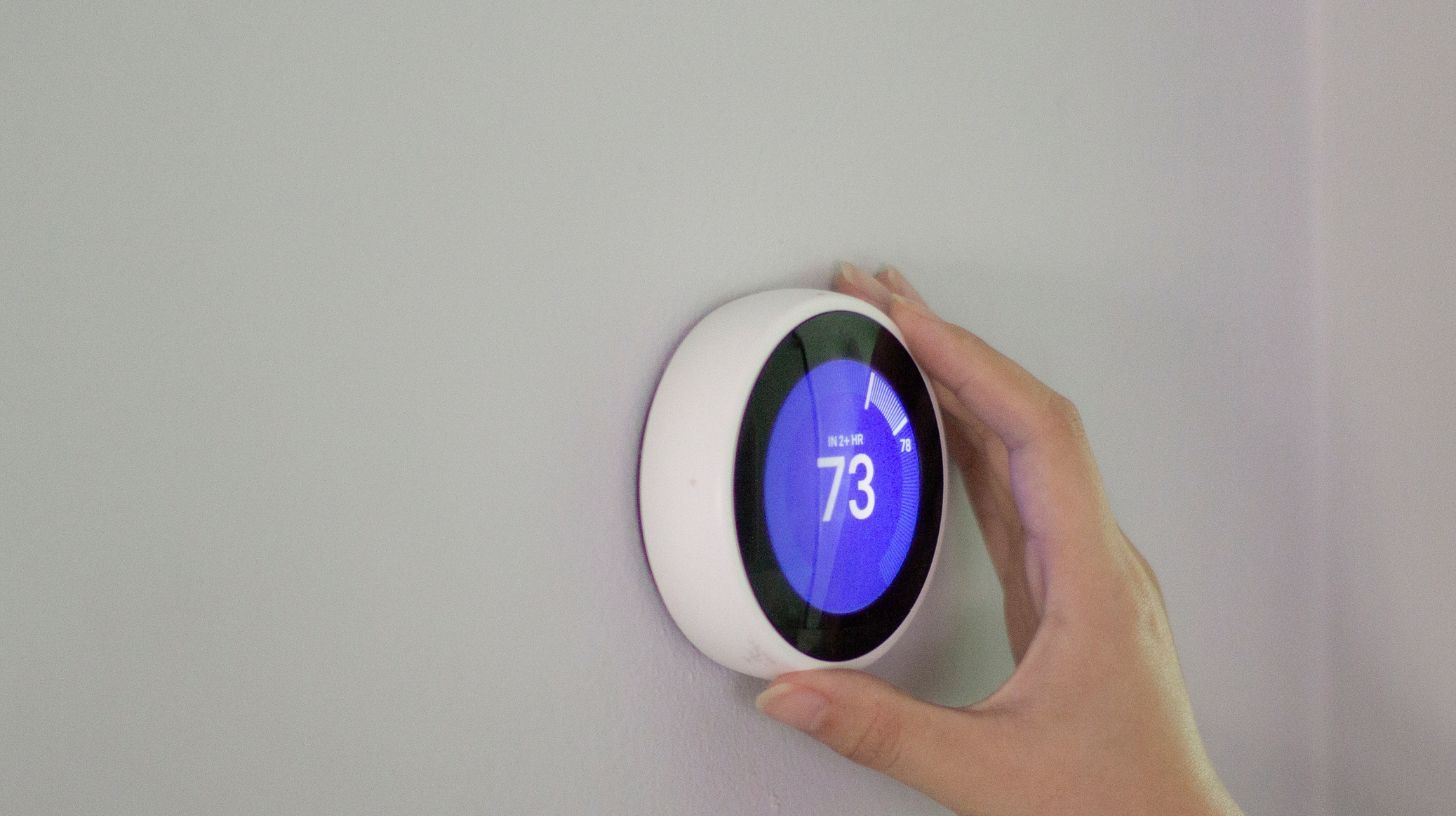
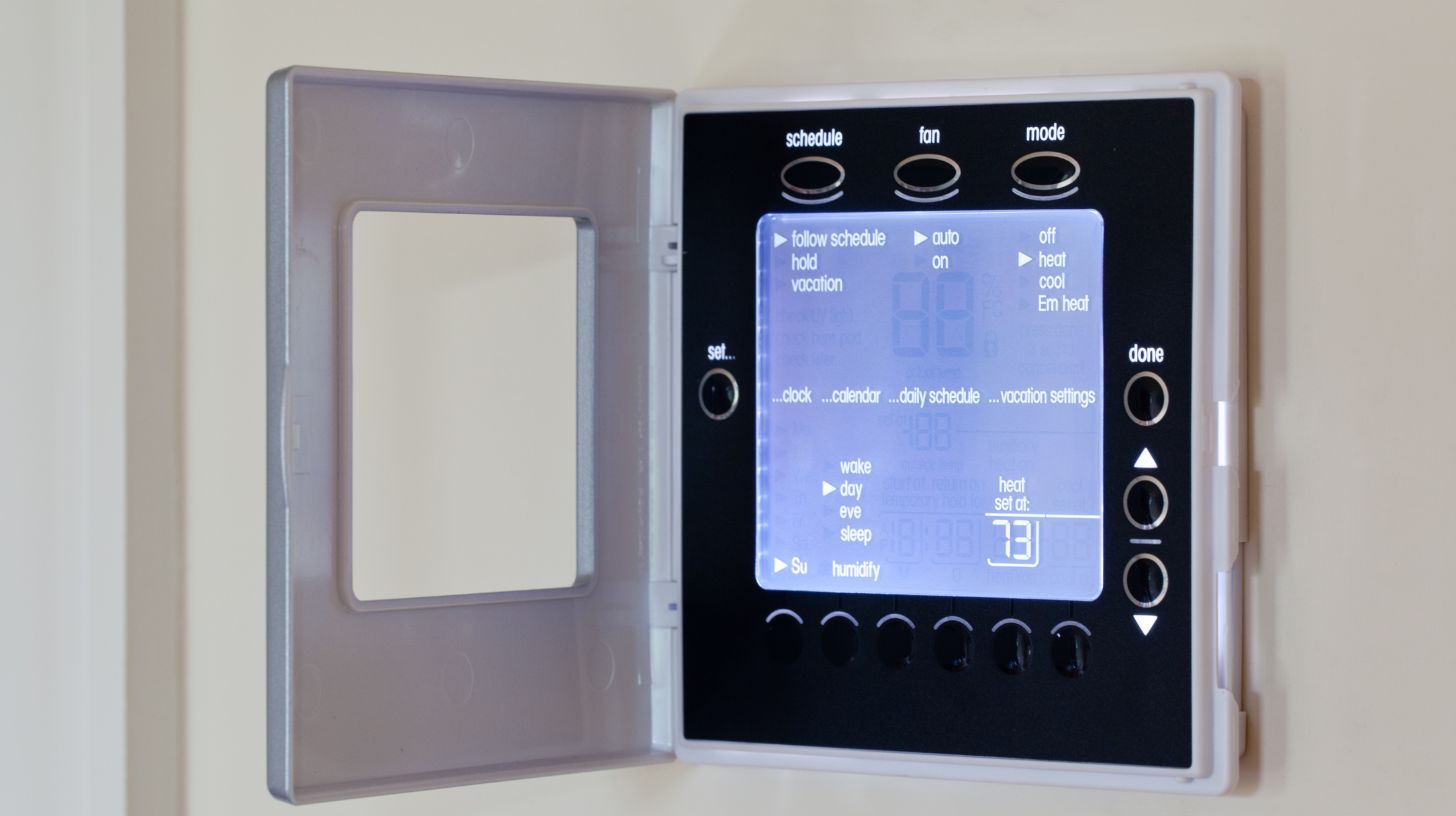
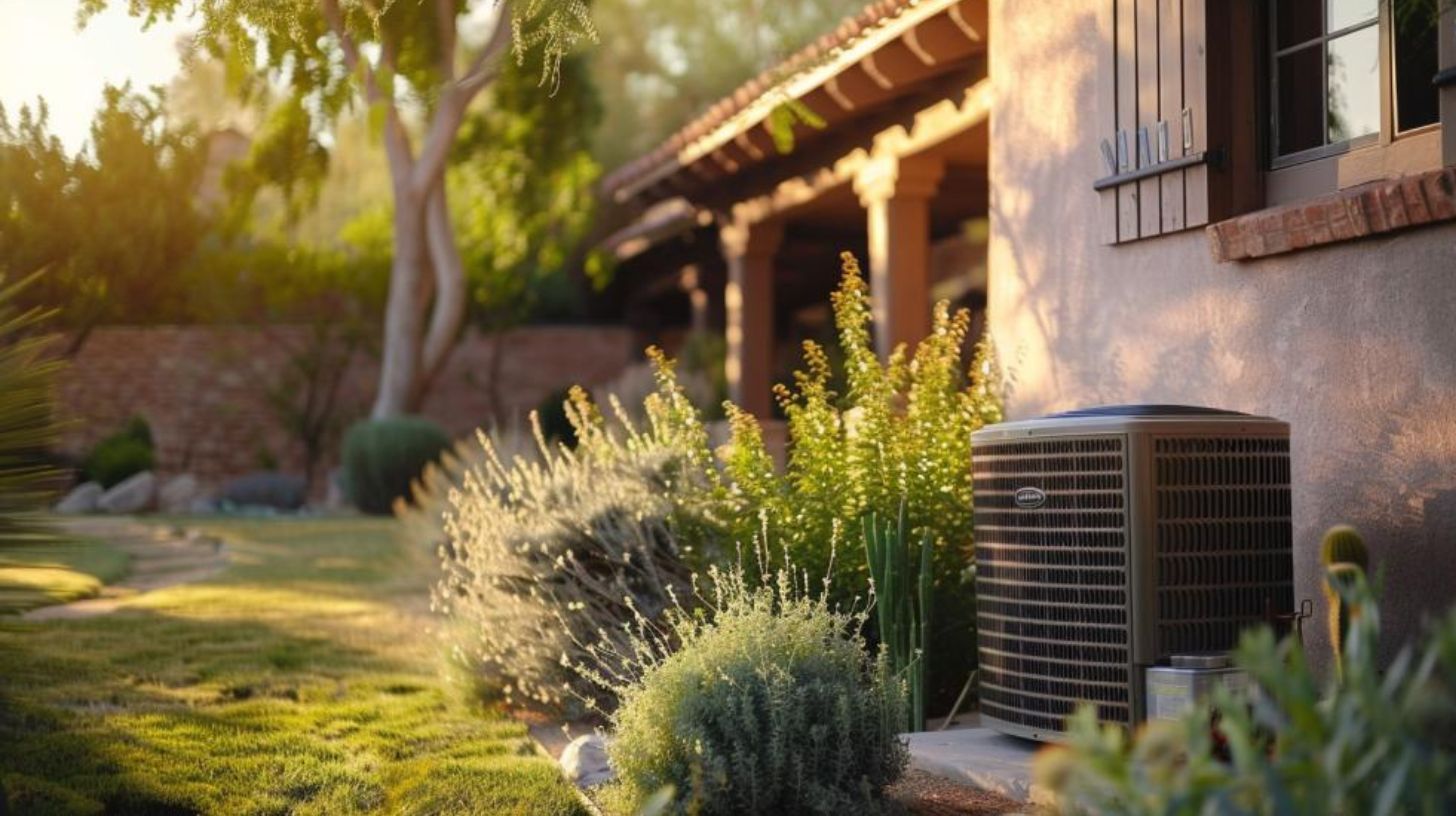
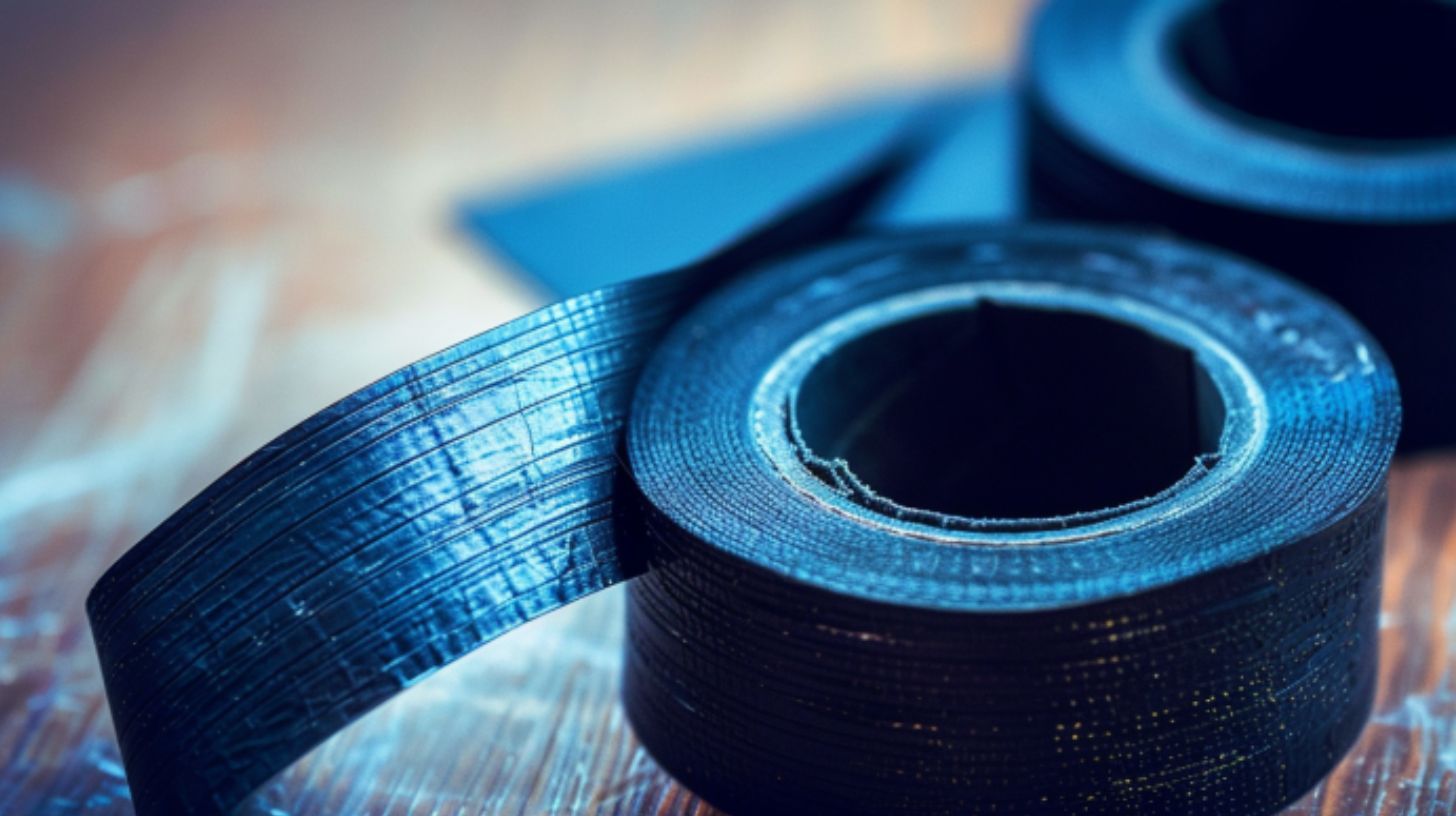
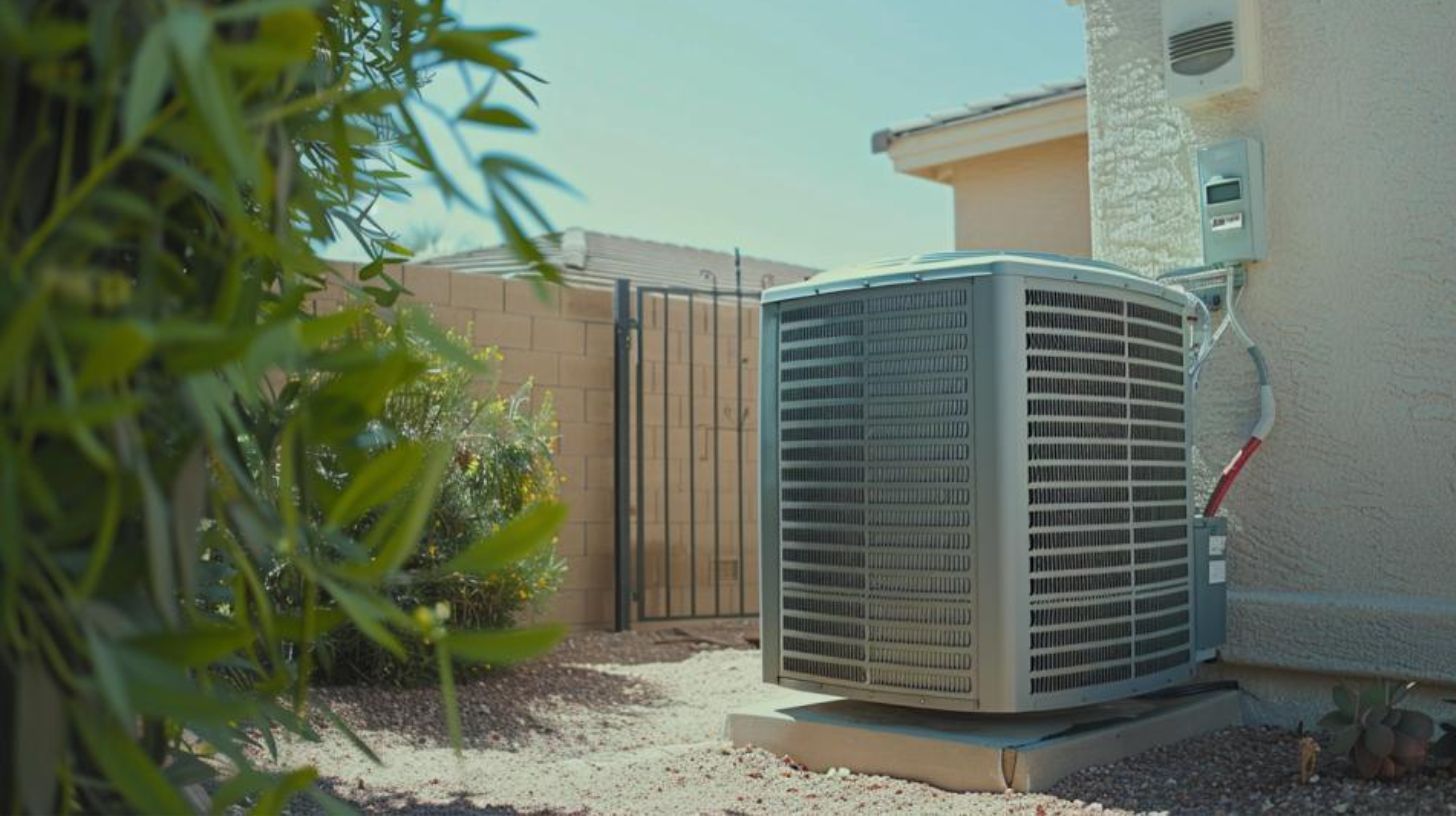
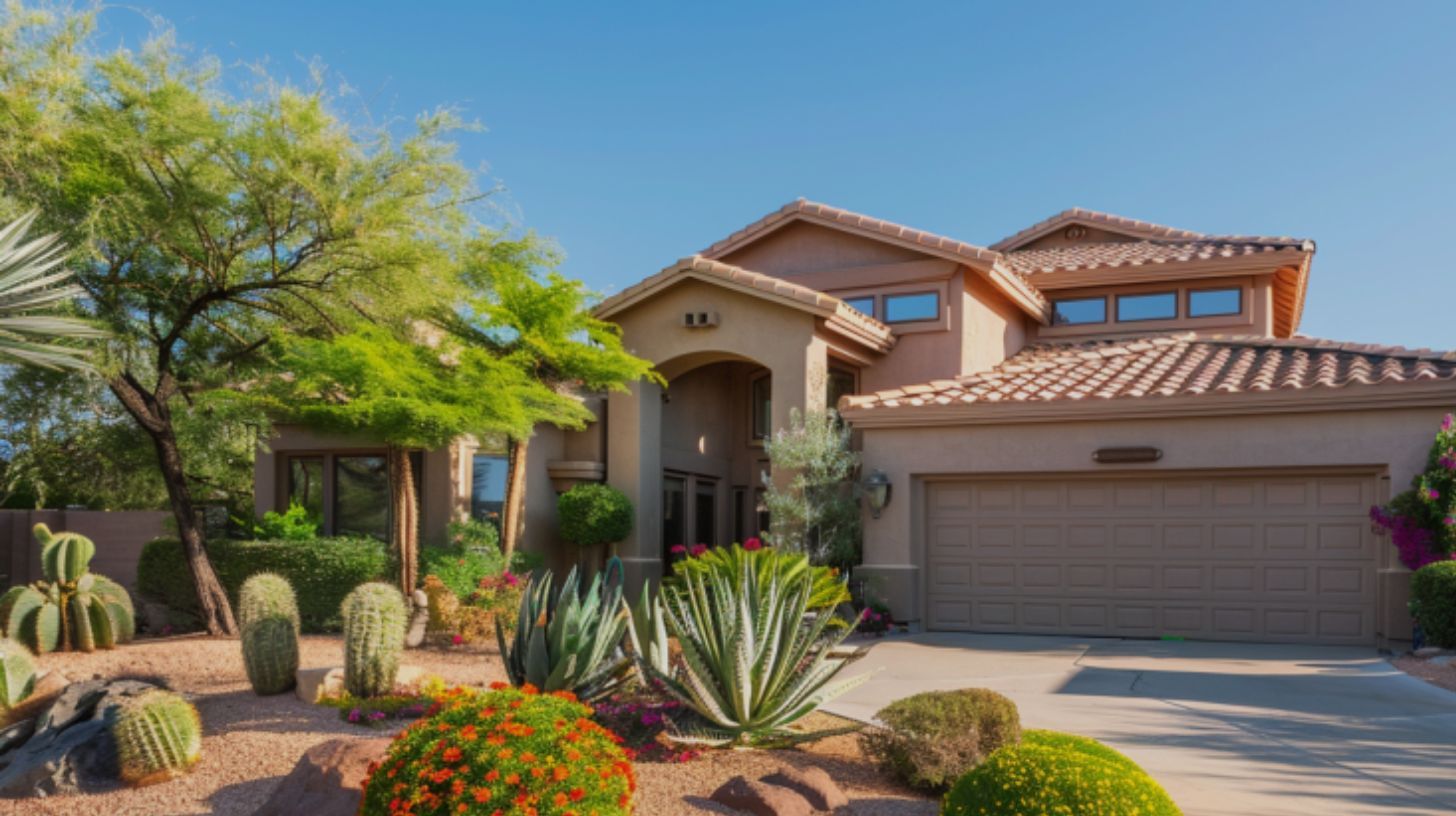
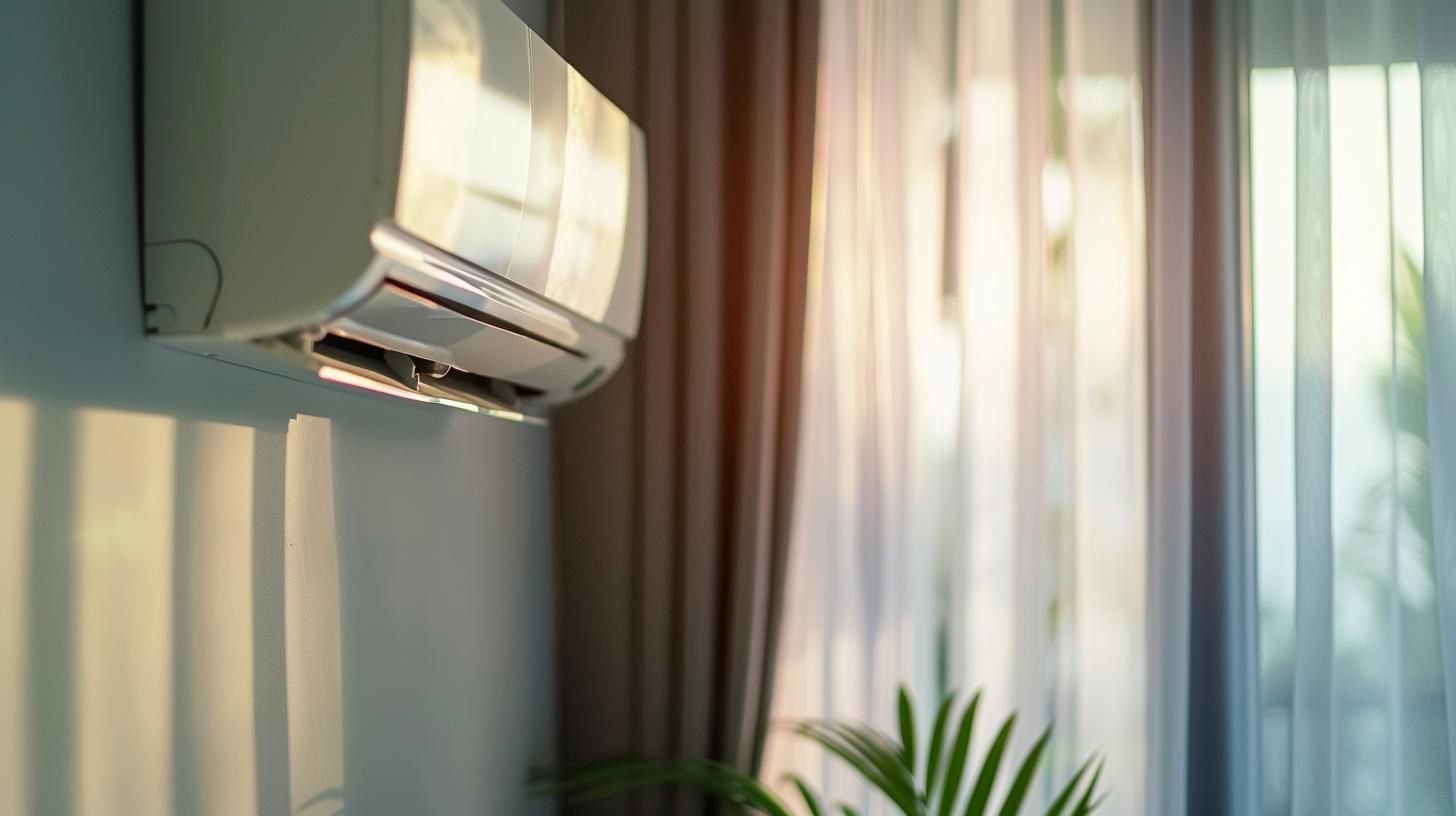
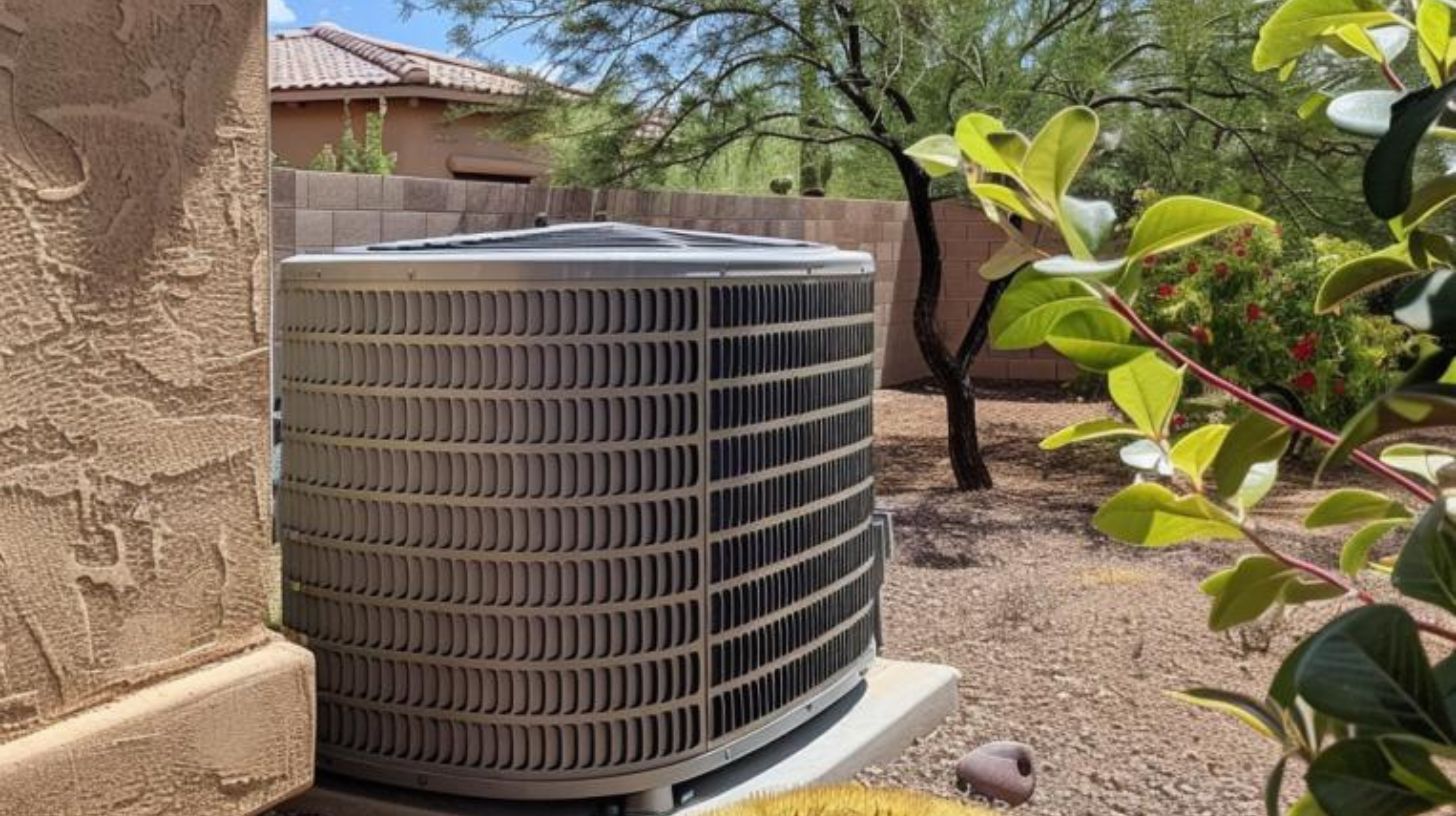
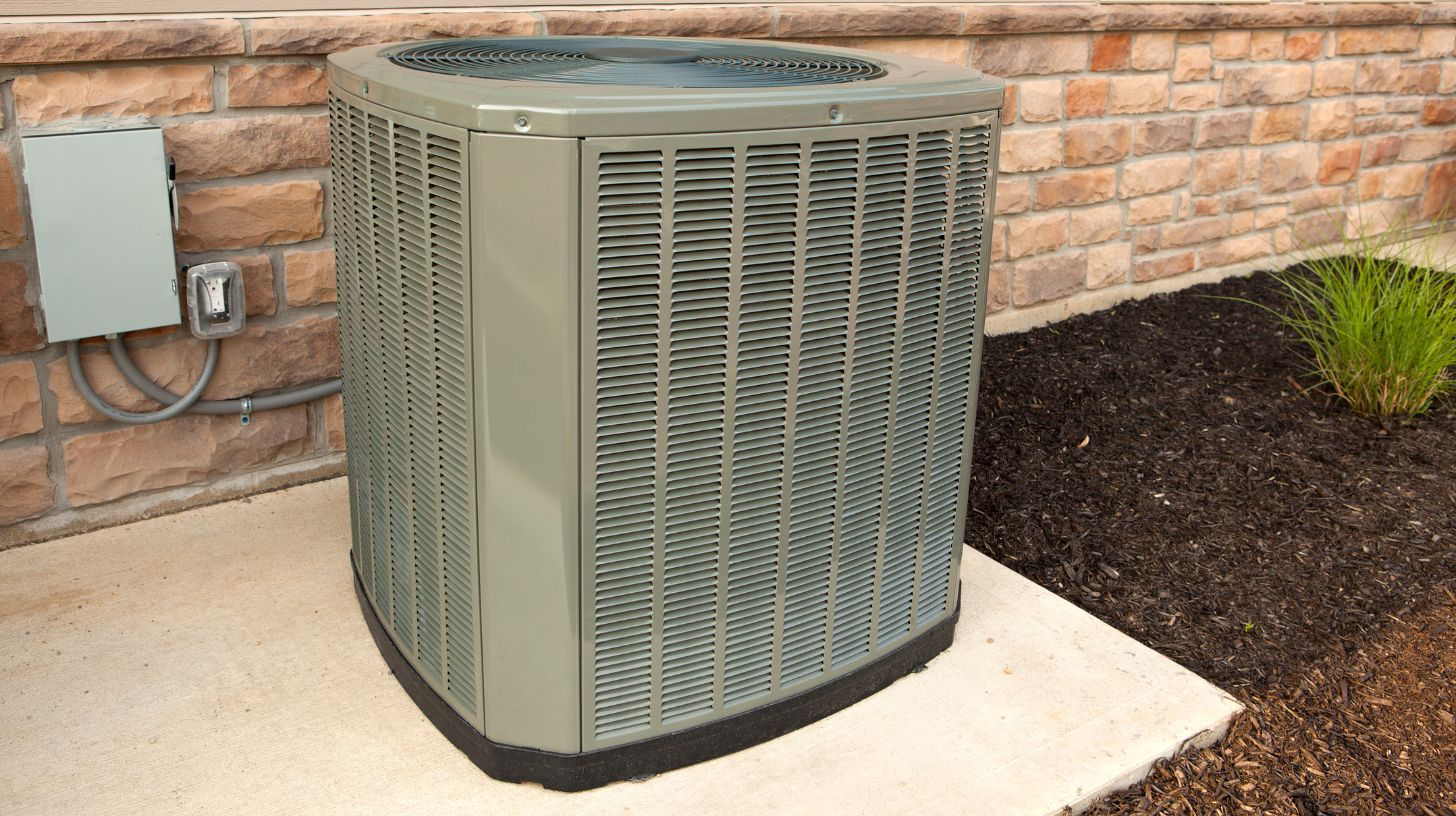
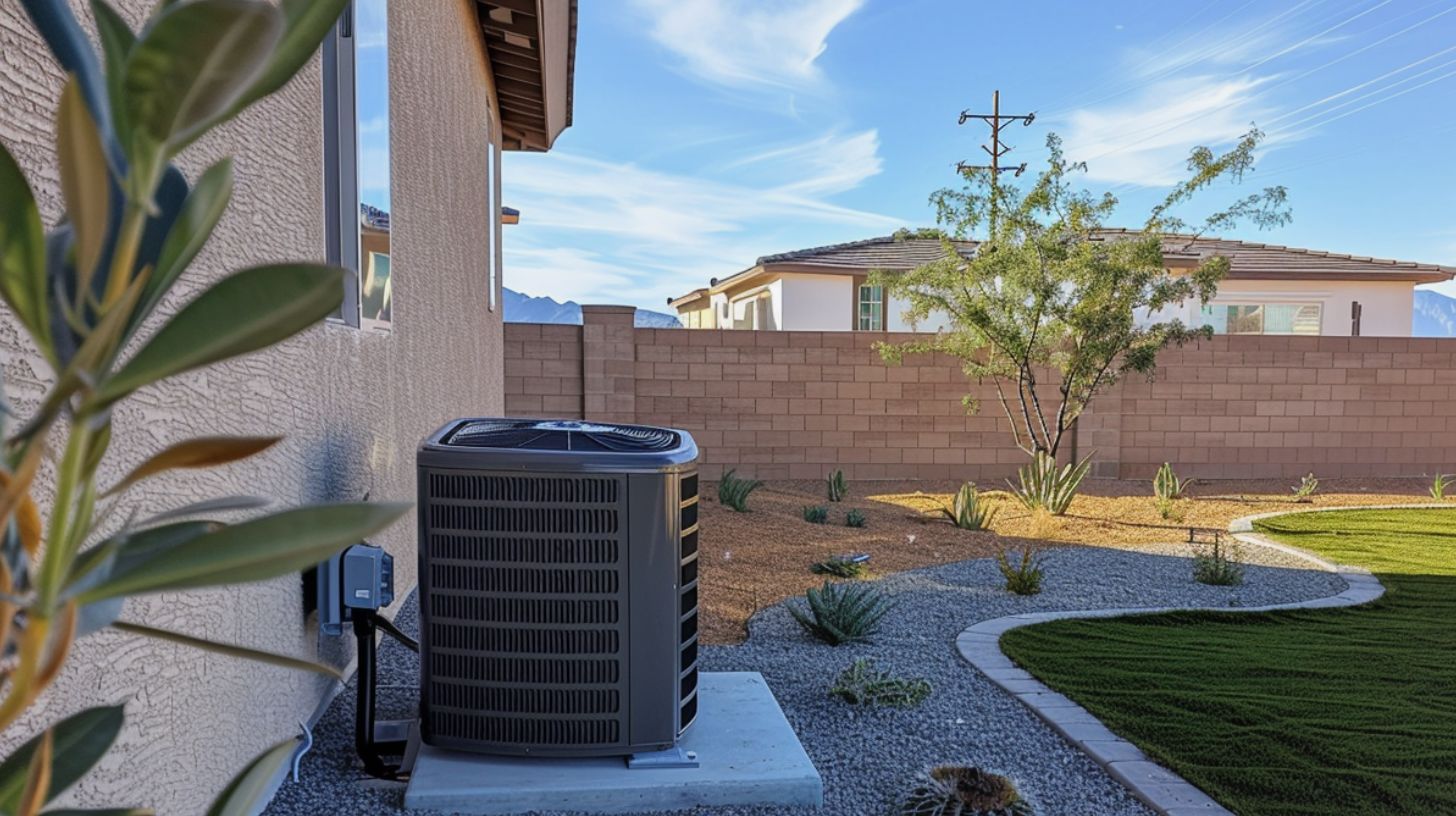
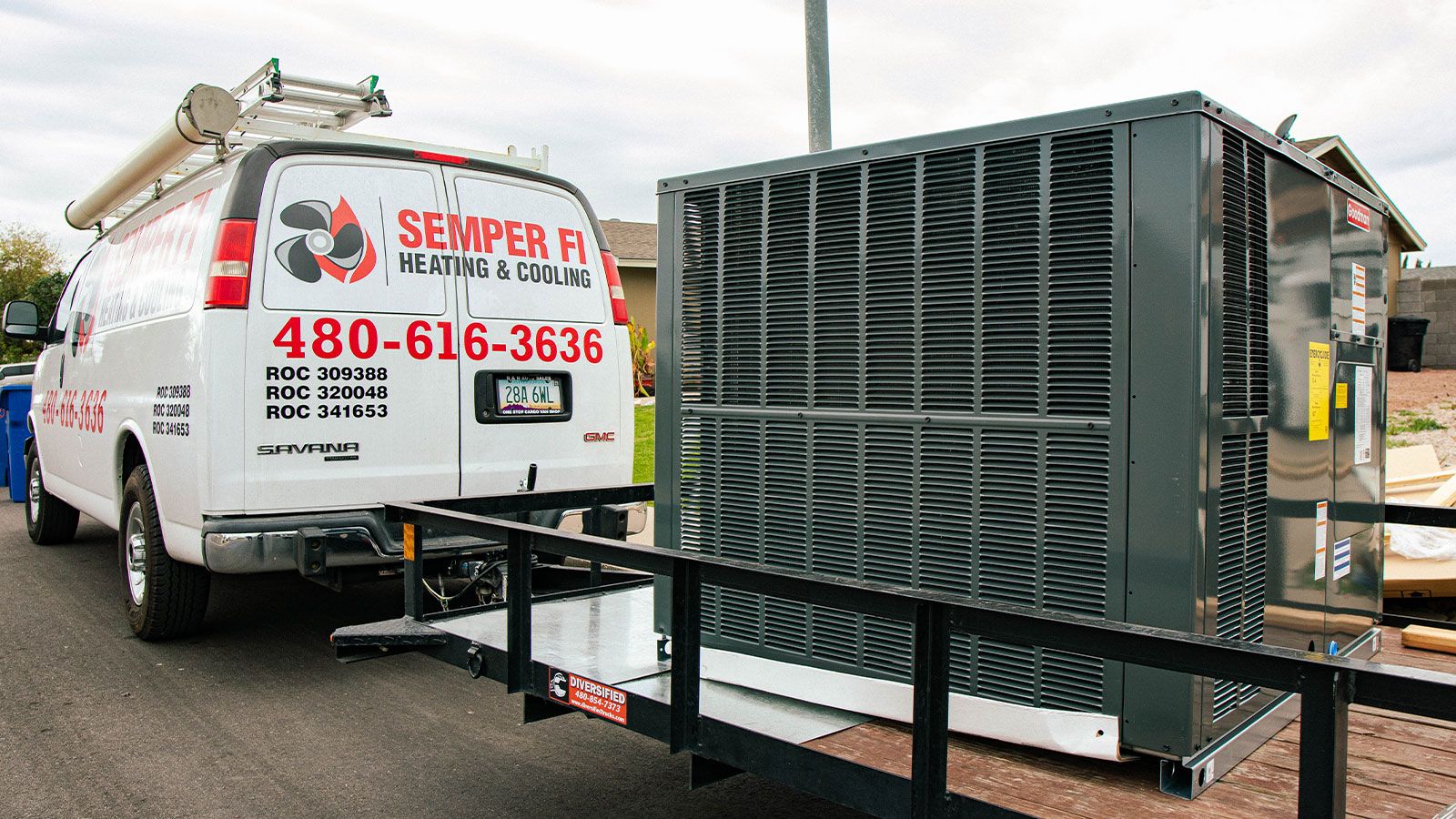
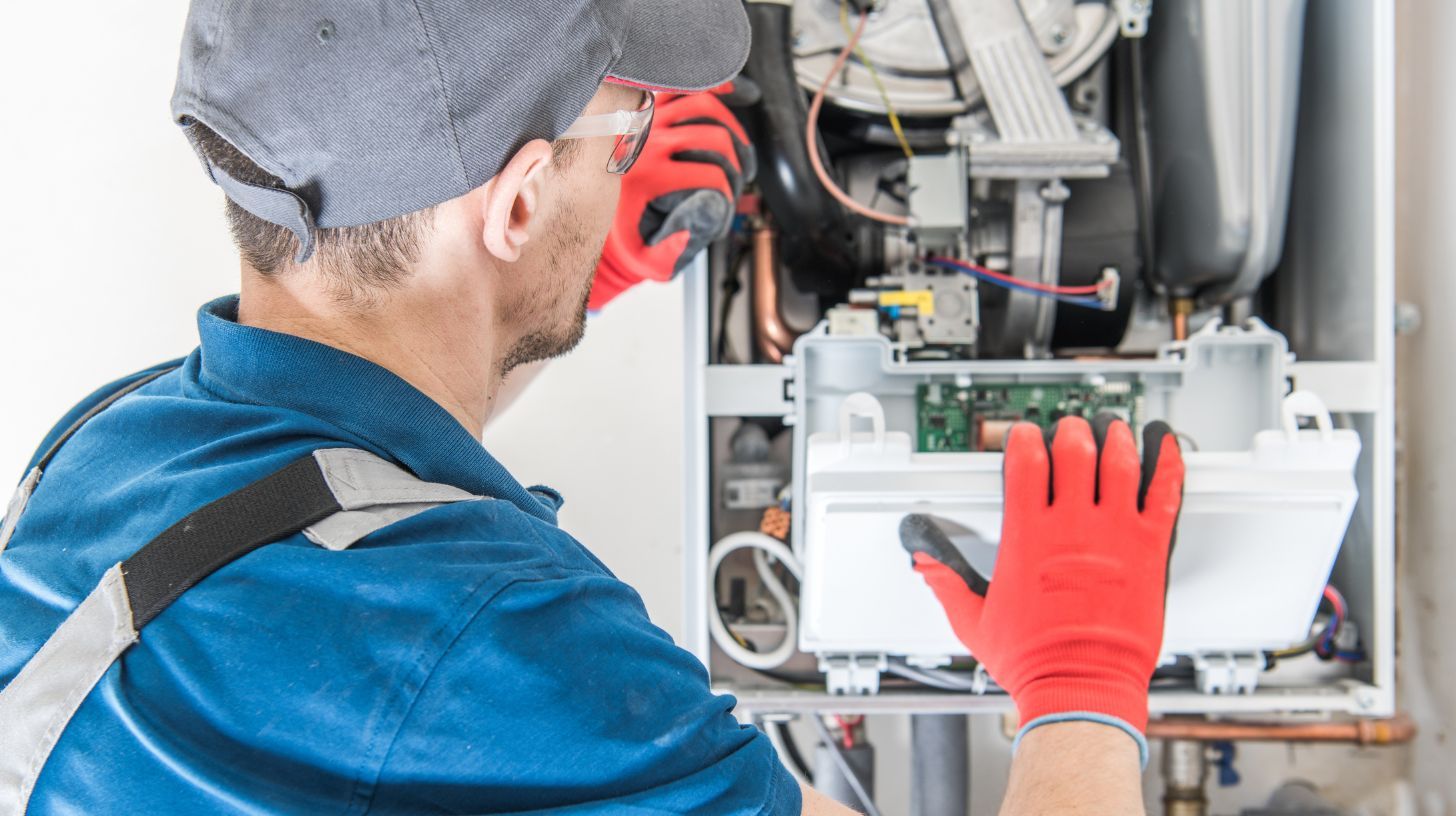
Leave a Reply